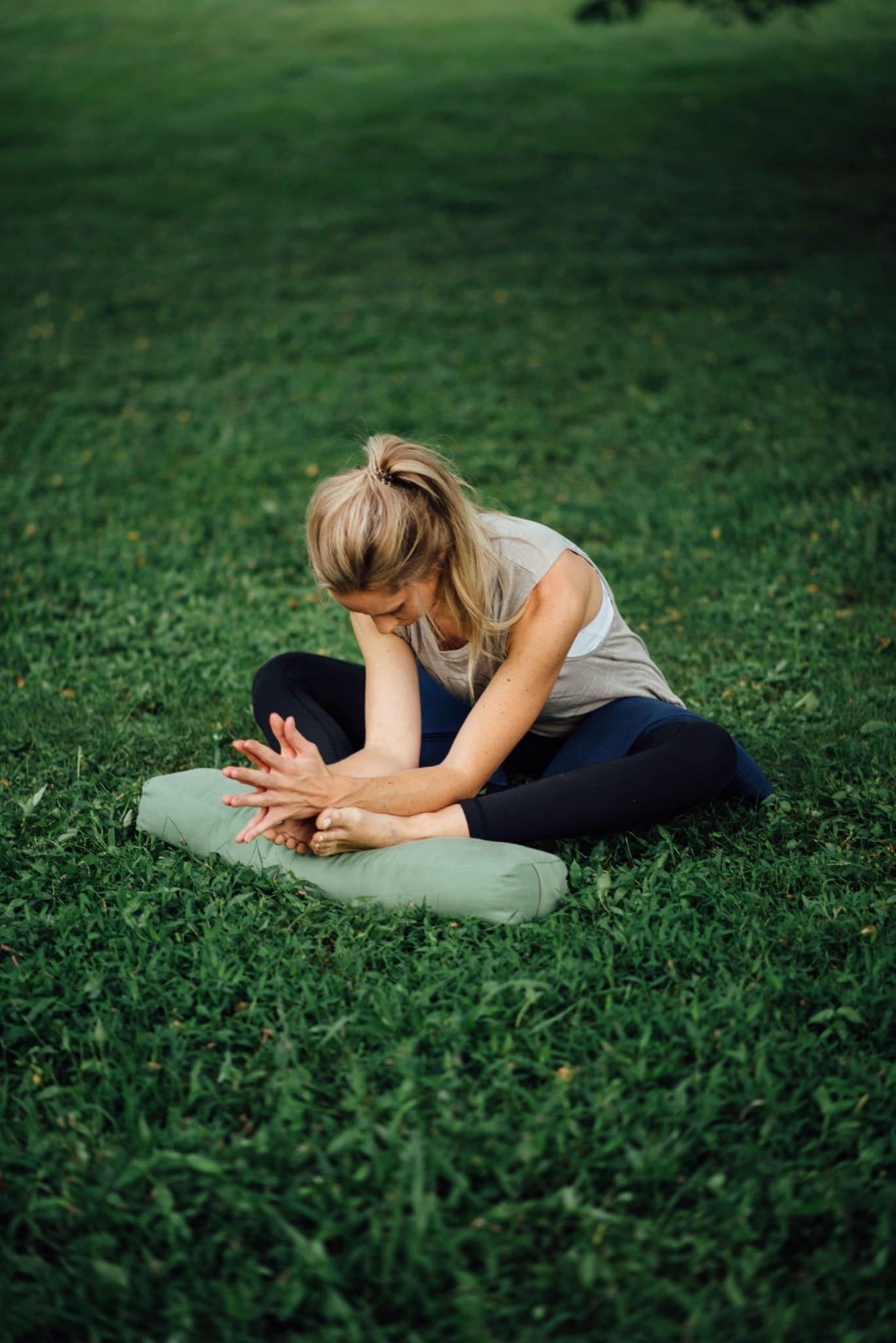What the heck is Circular Fashion?
And what do clothing swaps have to do with it?
To understand circular fashion, you must first understand the term “fast fashion”. Fast fashion refers to a sector of fashion whose business model relies on the rapid design, production, distribution of clothing. This allows retailers to produce large quantities of a wide variety of clothing at a low price to consumers.
For the individual customer, this makes snatching up the latest trends easier and more affordable, rather than splurging on the more expensive item. However, therein lies the problem. Consumers are purchasing more clothing than ever due to its poor quality. This cycle of buying and discarding has created a huge environmental concern as it results in the world accumulating an untenable amount of discarded textiles and clothing. What’s worse is that most of are unwanted clothing items are not biodegradable. So, what now? Enter Circular Fashion.
Some companies have invested in a circular model. Unlike a linear system where designers expect the garment to be disposed of, a circular fashion system always leads back to the longevity and sustainability of them. This shift in the industry can keep less waste out of our landfills, require less natural material being used and produce less pollution from mass production in factories. Sounds great, right? As you can imagine, the fashion brands brave enough to shift their business model must do so at a higher cost. If you’re on a budget and still want to make an impact, consider a local clothing swap.
Clothing swaps provide individuals with the ability to make a real impact by keeping clothes out of our local landfills and create circular fashion in your hometown. This regenerative system exchanges textiles between multiple users allowing items to be circulated for as long as their value permits. Clothing swaps create the space to add garments to our wardrobes that suit our current life season. They also help people save money and invest in the sustainable brands you truly believe in.
What to expect at a clothing swap: First, you’ll want to go through your closet and see what pieces of clothing you no longer wear or want. A good rule of thumb, if the condition isn’t up to your standards, don’t bring it. For each item you bring you’ll get some form of currency (a bean, button, paperclip, etc.) to keep track of the number of items you are swapping. You get what you give! From there, volunteers add your items to the swap and you get to go shopping! When you arrive, be patient. Give people time to show up. And, above all, have fun! A beautiful byproduct of these events is the ability to bring communities together.
BPY is having our very own swap, inspired by Jayme Phillips’ experience in Hawai’i.
Just a casual convo between friends….
Jayme: I always knew fast fashion was a thing; but what I didn’t know, until I took the time educate myself, was that – for just ONE cotton shirt to be produced, it takes 2,700 liters of water. In the last 20 years the volume of clothing that Americans alone have thrown away has doubled from 7 million tons to 14 million tons. To most of us, when we throw something away, its out of sight out of mind.
Jenna: That’s *&#$ing nuts. What shook me was how quickly these brands were churning clothes. It’s a mere 15-day turnaround from the design phase to being in store for some brands. The implications of this fast turnaround are wild. For example, this requires companies to use low quality fabrics that are usually loaded with chemicals that are not biodegradable, which then cannot breakdown in landfills AND if they’re burned, send toxic shit into our atmosphere. *puts head in hands*
Jayme: I KNOW!!! I knew there had to be a change. Trying to keep up with fast fashion was not only exhausting, but even more than that, unsustainable. I put a limit on buying new clothes and started leaving friends’ houses with bags that they were going to take to goodwill. It wasn’t until I started traveling that I start to hear about this thing called ‘clothing swaps.’
Jenna: I can relate. Keeping up with fashion is exhausting, not to mention expensive. So when did you get your first organized clothing swap?
Jayme: I spent two months living with a family in Hawai’i and every week there were a handful of clothing swaps happening somewhere on island! While I didn’t have much to swap, I still got to join in on the experience.
Jenna: Tell me more!
Jayme: It was simple – a group of women gathered on a local sisters farm, laid out a blanket, brought bags of clothes they weren’t wearing anymore and together, sorted through the pile sharing stories about different pieces, picking out pieces for the person next to them, trying on things they may not have usually chose for themselves and overall just having a good time!
Jenna: So, like shopping with your best friend?
Jayme: Yes! But free!
Jenna: I love freeee!
Jayme: Same girl! Clothing swaps are one of the ways we get to take action on keeping clothes out of landfills and create circular fashion – a regenerative system where textiles are circulated for as long as their value allows for! Clothing swaps also create the space to add garments to our wardrobes that suit our current life season! We get to save money and invest in slow fashion and the sustainable brand, and sometimes more expensive, brands you love!
With the fall season here, it’s a great time to go through your closet. Rather than bringing clothes to goodwill or ‘throwing them away’ join us on October 15th to exchange what you are no longer wearing, for something someone else is no longer wearing! There will also be sustainable, self-care vendors, tarot card readers and more! We can’t wait to shop with you!
Have more questions? Reach out to Jenna or Jayme here:
Jenna Kelly
Email: Jenna.kelly39@gmail.com
IG: @peanut.butterandjenna
Jayme Phillips
Email: jaymerphillips@gmail.com
IG: @thisjourneyasjayme





